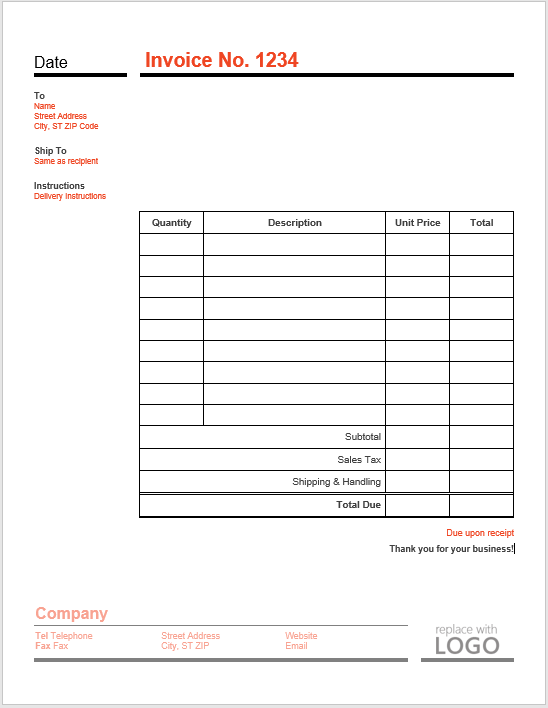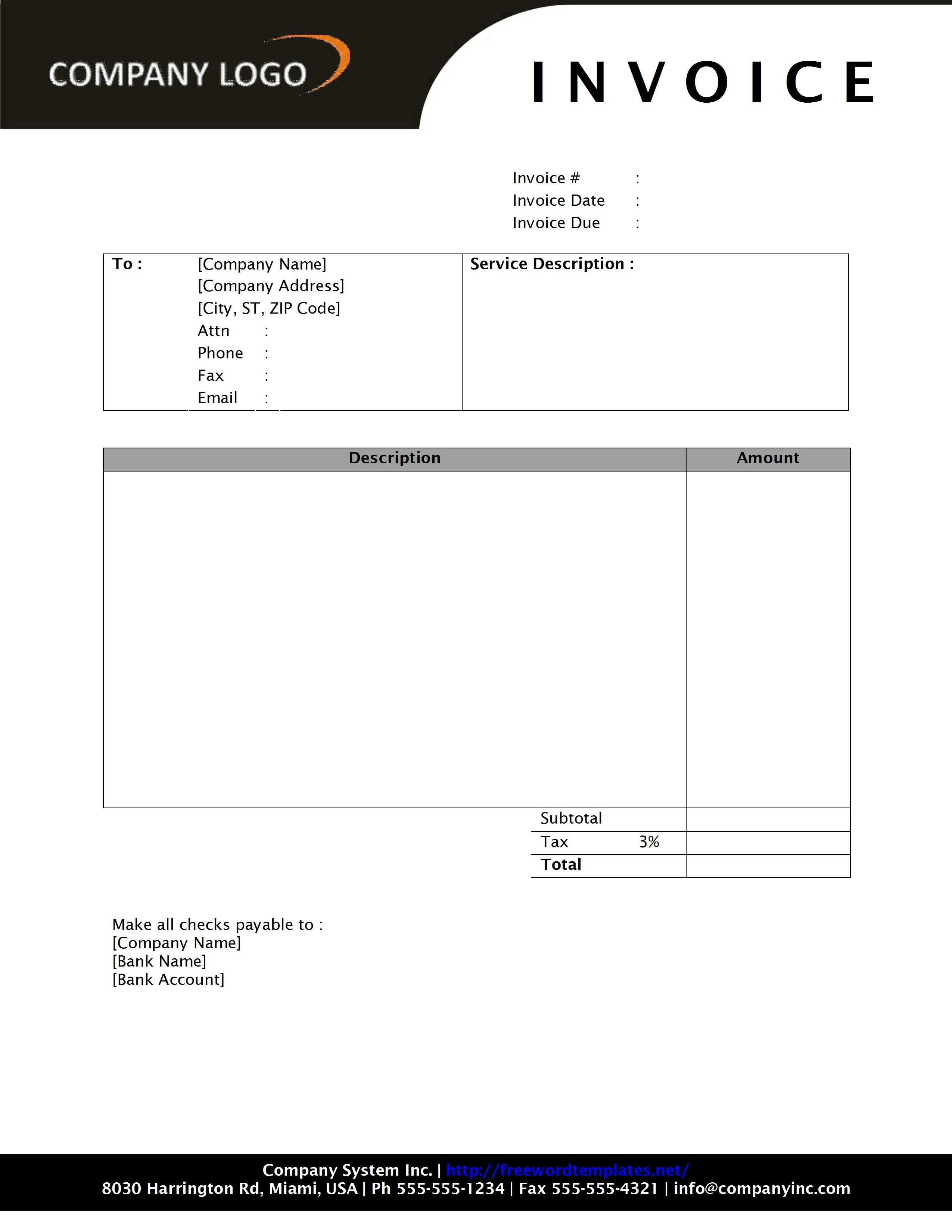
Charging per week or per dayīefore a student decides to take a language course, they may wish to brush up on their language skills. If you offer a course like ‘A1 - Italian Beginners’ for example, your students will know exactly how much this is and will be able to compare your prices to others.Ĭharging per unit is the most common method when selling a language course. Rather than working out exactly how many hours your course equates to, you can simply charge the overall price for the course or module. It is also the most understandable for prospective students. There are a number of different options available:Ĭharging per unit may be the simplest method for billing your students. Pricing for language coursesīefore issuing your students an invoice, you will need to decide how you’re going to charge them for your courses. Different invoice templates for language courses are also provided. It notes the different pricing options you may choose for your students, reminds you of the necessary invoice fields, and suggests how your invoice could even become the first language-learning opportunity for your students.

This article explains how you can use invoicing software to quickly create invoices for language courses, allowing you more time to focus on language development in the classroom.

Whilst the language may be hard, billing your students should always be easy. Your invoicing should never be one of these moments. Often, such intricacy leads to moments of confusion. As students progress, subtle nuances within the language are explored as they become expert speakers. You teach them how to express ideas with increasing complexity and understand new meanings of terms. Recurring business invoices contain the same products and prices – it's sent to the same client every month or in the repeating period of time – for example, every 2 weeks.Teaching students a new language can be highly rewarding, and a lot of fun. Among specific information, you can find the reason for crossing the border, country of origin, the Harmonized System Codes, and more.

However, they are used for a specific purpose – transporting goods internationally and clearing customs.

With proforma invoices, payment is not required, it's just some kind of an invoice draft that serves as a starting point for negotiation with a customer or an approval of business terms.Ĭommercial invoices are quite similar to a standard business invoice. This invoice type is similar to an estimation or a quote. Standard invoices contain the basic information needed to record and pay an invoice such as seller and customer details, goods or services delivered, invoice number, the date when the invoice is issued. There only several invoice types that most businesses would use to send to their customers:


 0 kommentar(er)
0 kommentar(er)
